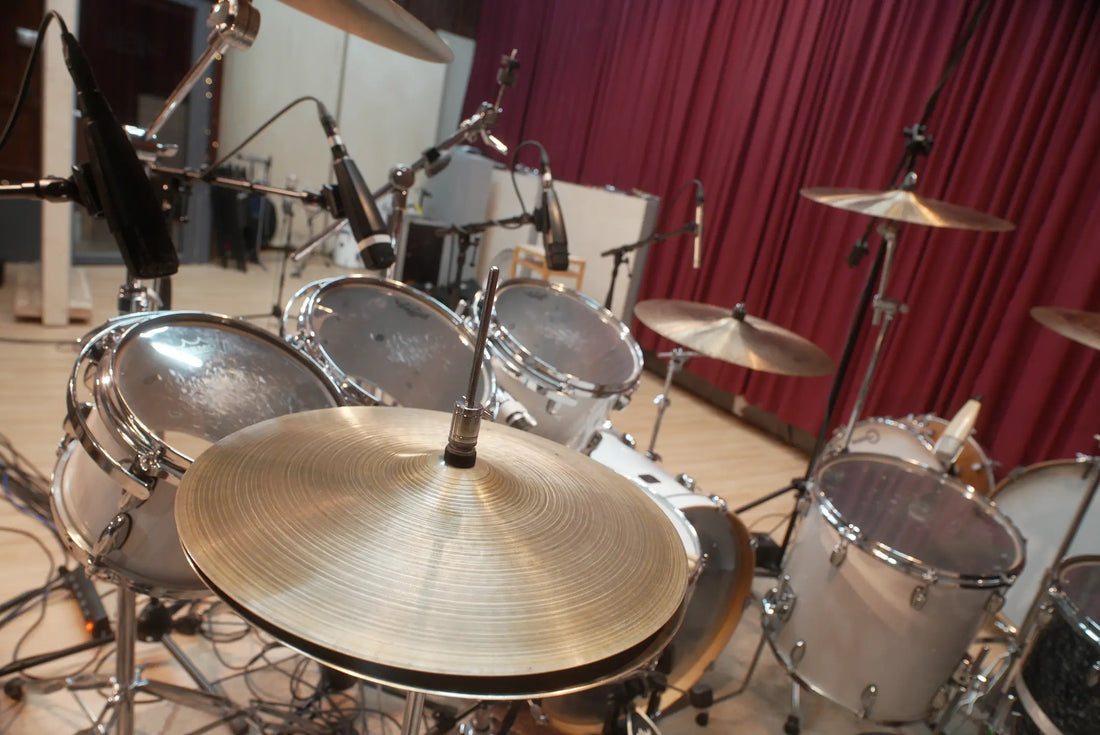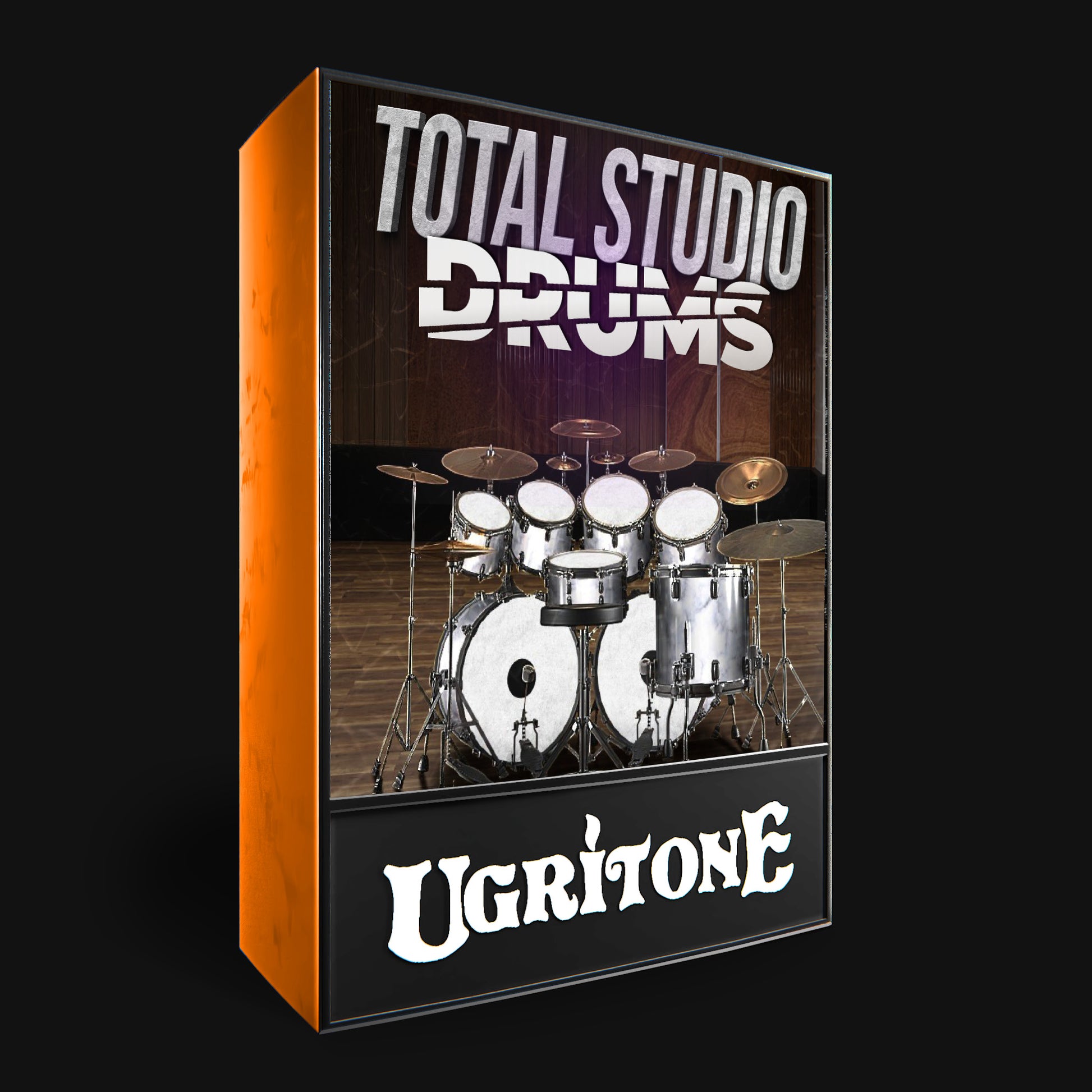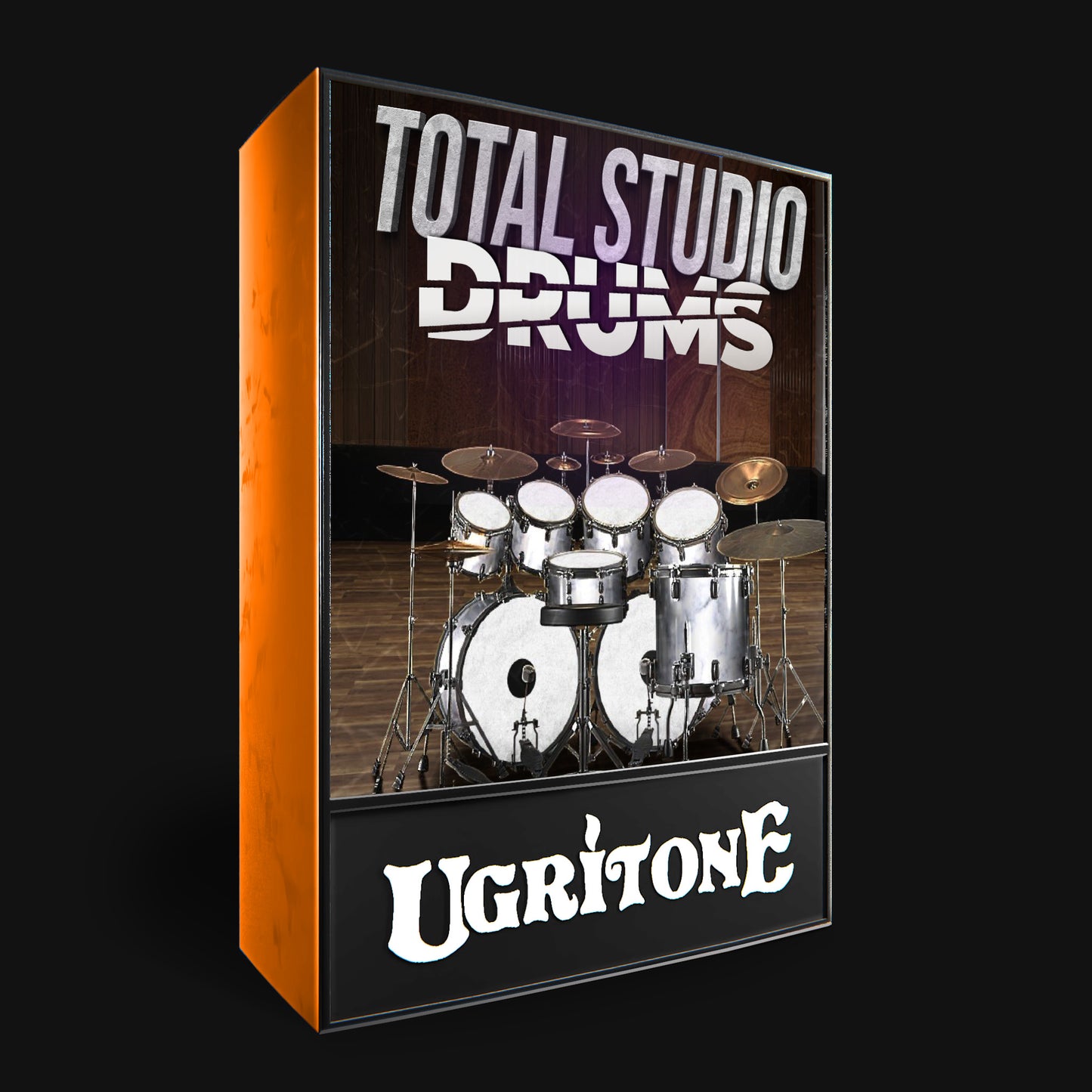I. Setting the Stage: The Crucial Role of Drum Selection in Heavy Metal
Defining the essence of a drum sound is no small task - in fact, it's one of the most complex and elusive questions a musician could attempt to answer. To truly understand the role of drums in music, we must first recognize their fundamental importance as the backbone of any given song.
Without a solid and reliable rhythmic foundation, even the most dazzling guitar riffs or soaring vocal melodies can fall flat. It is the drums that give music its groove, its momentum, and its sense of direction. The way a drummer plays can dictate the way in which we as listeners move and respond to the music.
In Heavy Metal, the right drum sound is essential in capturing the genre's intensity and power. This means taking into account both the arrangement and the sonic qualities of the drums themselves. The unique demands of Heavy Metal drumming require an instrument that can withstand aggressive playing and produce a sound that cuts through the dense mix of guitars, bass, and vocals.
At the end of the day, the role of drums in Heavy Metal music is one of symbiosis - they exist to support and elevate the other elements of a song while simultaneously carving out their own unique space within the mix. It's a delicate balance, but one that when executed properly, can result in some of the most powerful and unforgettable moments in music.

II: Exploring Shell Material and Its Impact on Your Sound
Maple: The Versatile Choice
Maple is the most widely used material for drum shells, and for good reason. Its versatility allows it to cater to a wide range of applications, making it a popular choice among drummers of various genres, including Heavy Metal. The tonal characteristics of maple are well-rounded, producing a warm sound with a balanced mix of low, mid, and high frequencies.
One of the unique aspects of maple as a drum shell material is that its tone can vary greatly depending on the construction and design of the drum. By changing the bearing edges or altering the shell's thickness, a maple drum can produce a wide range of sounds, making it suitable for various styles and preferences.
This adaptability goes beyond Metal, allowing drummers to experiment and fine-tune their sound to suit different musical contexts. Maple's ability to cater to diverse needs, from aggressive heavy metal to more delicate and nuanced styles, makes it a go-to choice for many drummers in search of the perfect drum sound.
(M)**: Maple shells are considered the top choice in all scenarios. If you're uncertain about the sound in a particular room and need to select a drum set, choosing a Maple one is a safe bet.
(R): Maple, a paragon of versatility, stands as the preeminent choice for drummers traversing the diverse landscape of Metal styles. Its adaptability and well-rounded tonal qualities render it an unparalleled asset in crafting the quintessential sound that resonates across the spectrum of Heavy Music. Best all-around option.
Birch/Bubinga: The Focused Alternative
Birch and bubinga are two other popular materials for drum shells, often used together in hybrid shells to create a unique sound. Birch is known for its focused, punchy tone with a strong attack and an emphasis on high-end frequencies. It produces less midrange than maple and may not offer as much low end, but it compensates with a crisp, cutting presence that helps it stand out in the mix.
Bubinga, on the other hand, is a dense and heavy wood that adds warmth and depth to the sound of birch. When combined, these two materials create a drum shell that offers a balanced tone with a powerful attack and a rich, full-bodied sustain.
(M): While Maple shells are prized for their fullness, roundness, and richness, there are instances where space may be limited in the mix. That's when Birch/Bubinga shells are a suitable alternative. These shells are particularly ideal for faster music styles, delivering lightning-fast sound.
(R): Birch/Bubinga emerges as the unrivaled choice for the breakneck tempos of Death and Thrash Metal, where percussive onslaughts reach a staggering rate of millions of hits per second. The fusion of these woods bestows a potent attack and singular tonal character, adeptly capturing the essence of unyielding ferocity intrinsic to these relentless subgenres. Good choice for ultra-fast Death/Thrash Metal.
Mahogany: The Dark and Majestic Choice
Mahogany is another option for drummers seeking a different tonal palette. It is known for its darker, heavier, and more majestic sound, characterized by a pronounced low-end presence and a warm midrange. While mahogany may not cut through the thickest mix as easily as maple or birch, it offers a distinct sonic character that can add depth and character to your Heavy Metal drumming.
However, it is essential to consider the specific demands of your music when choosing mahogany as your drum shell material. If you require a sound that can effortlessly cut through dense guitar layers and powerful vocals, mahogany might not be the best choice. On the other hand, if you're looking for a drum sound with a unique and captivating character that can enhance the atmosphere of your music, mahogany may be the perfect fit.
(M): You won't find the same brightness as with Maple or Birch/Bubinga but Mahogany drums produce a weighty and thick sound, making them a great option for those seeking a warm and dark kit. They're a bit like Ribbon mics - they can open up the top end in a special way if you know how to deal with them
(R): Mahogany ascends as the paramount option for the unhurried styles, where the potency of each thunderous strike is crucial. With its dark and majestic tonal qualities, mahogany effortlessly fills the vast spaces between hits, imbuing the music with an unparalleled sense of power and depth. Good choice for Doom Metal, Sludge, anything slow.
PLEASE NOTE:
While we have discussed the most common materials for drum shells, it is important to note that drum shells can be made from virtually any material that is hard enough to withstand the pressure of a drum head and lugs. This means that there are countless options available for drummers who wish to explore unique and unconventional shell materials.
But since that'd make this article a mile long, we have chosen to focus on the more commonly available materials—maple, birch/bubinga, and mahogany—due to their widespread use and proven track record in Heavy Metal drumming. These materials offer a diverse range of tonal characteristics and can be tailored to suit the specific needs and preferences of individual drummers.
Remember: the older the drum, the darker it will sound.
DID YOU KNOW? Drum Shells used on Punk N Grind Drums, were made
out of cardboard!
III: Drum Heads*: Avoiding Pitfalls and Perfecting Your Sound

In the realm of Metal drumming, the bass drum assumes a vital position, serving as the conduit for the unyielding power and visceral impact that distinguish this formidable genre. This essential instrument lays the groundwork for a sonic experience that resonates with intensity, shaping the very essence of Metal's indomitable spirit.
(M): The clear Remo Powerstroke 3 provides a punchy, clicky sound, which is perfect for cutting through dense metal mixes. On the other hand, the coated version offers a warmer tone with less click but still retains its punchy qualities. Essentially, the Powerstroke 3 is a single-ply head with a muffling ring that enhances its versatility. Some drummers may find that two-ply bass drum heads lack the desired punch for Heavy Metal music.
(R): Remo Powerstroke 3 emerges as a foolproof bass drum head selection, ensuring a robust and reliable foundation. The Remo CS Clear, while presenting a marginally gentler attack, maintains equal strength and resonance. The versatile Remo Pinstripe Clear, though effective in its own right, may necessitate additional dampening methods or specialized beaters to achieve the desired sonic balance.
The snare drum, as the nucleus of a drummer's arsenal, demands a discerning selection of heads to ensure the fulfillment of its sonic potential and performance. This pivotal instrument's tonal identity hinges on the marriage of impeccable technique and the ideal head, a union that elevates the snare's capacity to captivate and enthrall with its resonant voice.
(M): The Remo CS coated drumhead is undoubtedly one of the best options for drummers who value precise snare sound control. This drumhead's single-ply construction, combined with the dot beneath the coating, allows for unparalleled manipulation of snare sound. Additionally, it offers a beautiful snap that surpasses that of a standard coated Ambassador. Moreover, the Remo CS coated drumhead can be easily muffled by a half of a single moongel, providing even greater versatility in achieving the desired sound.

The toms, as integral components of a drummer's toolkit, necessitate a judicious choice of heads to unlock their full sonic prowess and performance capabilities. The tonal essence of these vital instruments relies upon the harmonious fusion of impeccable technique and the perfect head, a synergy that amplifies the toms' ability to mesmerize and engage with their rich, resonant timbre.
(M): Remo Emperors are two-ply drumheads available in clear and coated versions. The clear option delivers a modern, plastic-like tom sound, while the coated option provides a warmer, stadium-like, and larger tom sound. Although some drummers avoid coated heads for unknown reasons, I highly recommend trying them, especially for those who play with forceful hits.
(R): Remo Ambassador clear presents boundless tuning possibilities and readily accommodates dampening, though it demands a vigilant hand to master its capricious nature. Remo Powerstroke 3 clear effortlessly yields crisp, concise tom sounds and facilitates straightforward tuning, simplifying the pursuit of sonic perfection. Remo Pinstripe clear retains the punch and adaptability synonymous with the Ambassador while alleviating the burden of extensive tuning, striking an ideal balance between versatility and ease of use.
-------------------------------------------------------
*Ugritone and Mikolaj Kiciak proudly use Remo Drumheads exclusively.
**(M) Mikolaj Kiciak, a distinguished sound engineer hailing from Warsaw, Poland, deftly navigates the intricate world of audio production. As the proprietor and guiding force behind Santa Studio, he has expertly honed his craft in the vibrant heart of Warsaw. Kiciak's acumen extends beyond the control room, as evidenced by his adept drum tech work for Drums Against Humanity and his immersive contribution to the recording of Total Studio Drums, forging a multifaceted and accomplished career.
(R) Ron D. Rock is a co-founder of Ugritone and owns and operates Soundstakk 3.0 in Kingsville, Ontario. With 25 years of experience in DIY sound engineering, he has developed expertise in shoe-string budget drum recording.



